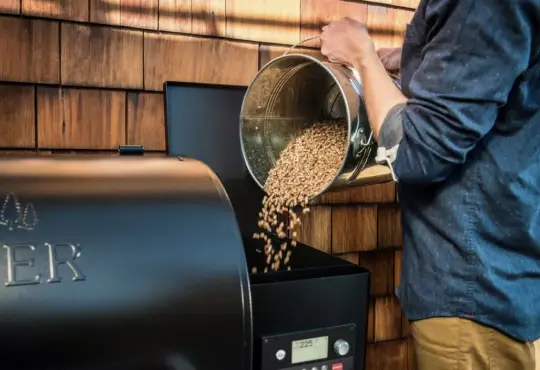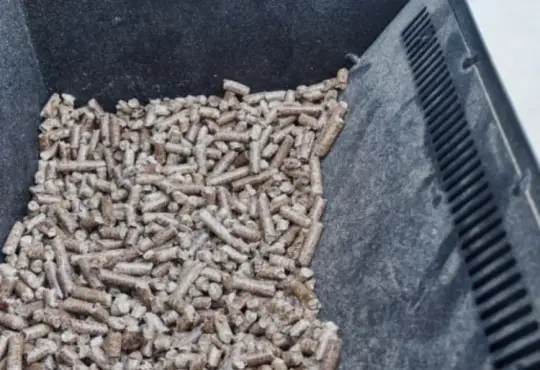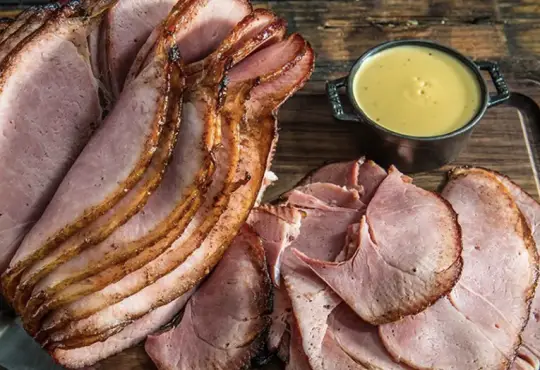
Propane Regulator Woes: How to Tell If Your Propane Regulator Is Bad
A propane regulator is a critical component of your propane gas system, responsible for controlling the flow of gas from the propane tank to your appliances. It ensures a steady and safe supply of propane, allowing your grill, heater, or other propane-powered devices to function efficiently. However, like any mechanical part, regulators can wear out over time, leading to potential issues. In this blog post, we’ll explore the signs that indicate your propane regulator might be bad and what you should do about it.
1. Weak or No Flame:
One of the most noticeable signs of a faulty propane regulator is a weak or non-existent flame on your gas-powered appliance. If you notice that your grill’s flames are not as strong as usual or that your heater is not producing enough heat, it could be due to a malfunctioning regulator.
2. Difficulty Igniting the Appliance:
A bad regulator may cause difficulties in igniting your propane-powered appliance. If you find yourself struggling to light your grill or heater, even after checking the gas supply and connections, the regulator could be the culprit.
3. Inconsistent Flame:
A properly functioning regulator should provide a consistent and stable flame on your appliance. If you observe fluctuations in the size or intensity of the flame, it may indicate that the regulator is not maintaining a steady gas flow.
4. Gas Leaks:
Leaking propane gas is a serious safety concern. If you detect the smell of gas or hear a hissing sound near the regulator or gas connections, it’s essential to act quickly. Turn off the gas supply immediately, ventilate the area, and seek professional assistance to inspect and repair the regulator.
5. Frost Buildup on Regulator:
During colder weather, you may notice frost or ice forming on the regulator. While a small amount of frost is normal, excessive buildup could signal a problem with the regulator’s diaphragm. If left unaddressed, this can lead to a reduction in gas pressure and appliance performance.
6. Age and Wear:
Propane regulators, like all mechanical components, have a lifespan. If your regulator is older, particularly if it has been in use for several years, it may be prone to wear and tear. Consider having it inspected by a qualified professional to ensure its continued functionality.
What to Do If You Suspect a Bad Regulator:
If you notice any of the above signs or have concerns about your propane regulator’s performance, it’s crucial to take action promptly:
- Safety First: If you suspect a gas leak, turn off the gas supply immediately, avoid open flames, and ventilate the area.
- Inspection: Contact a qualified propane technician to inspect and assess the condition of the regulator and the entire gas system.
- Replacement: If the regulator is deemed faulty or has reached the end of its useful life, replace it with a new and compatible one. Consult a professional to ensure the correct type and size of regulator for your specific propane system.
- Regular Maintenance: To prevent issues with your propane regulator, schedule regular maintenance checks by a certified technician. They can identify and address potential problems before they escalate.
Conclusion: Vigilance for Propane Safety
A well-functioning propane regulator is essential for the efficient and safe operation of your propane-powered appliances. Understanding the signs of a bad regulator empowers you to take proactive measures to ensure your propane system’s safety and performance. Regular inspections, prompt attention to any issues, and professional assistance when needed will help you enjoy the benefits of your propane appliances worry-free. Remember, propane safety should always be a top priority for a seamless and enjoyable propane experience.






